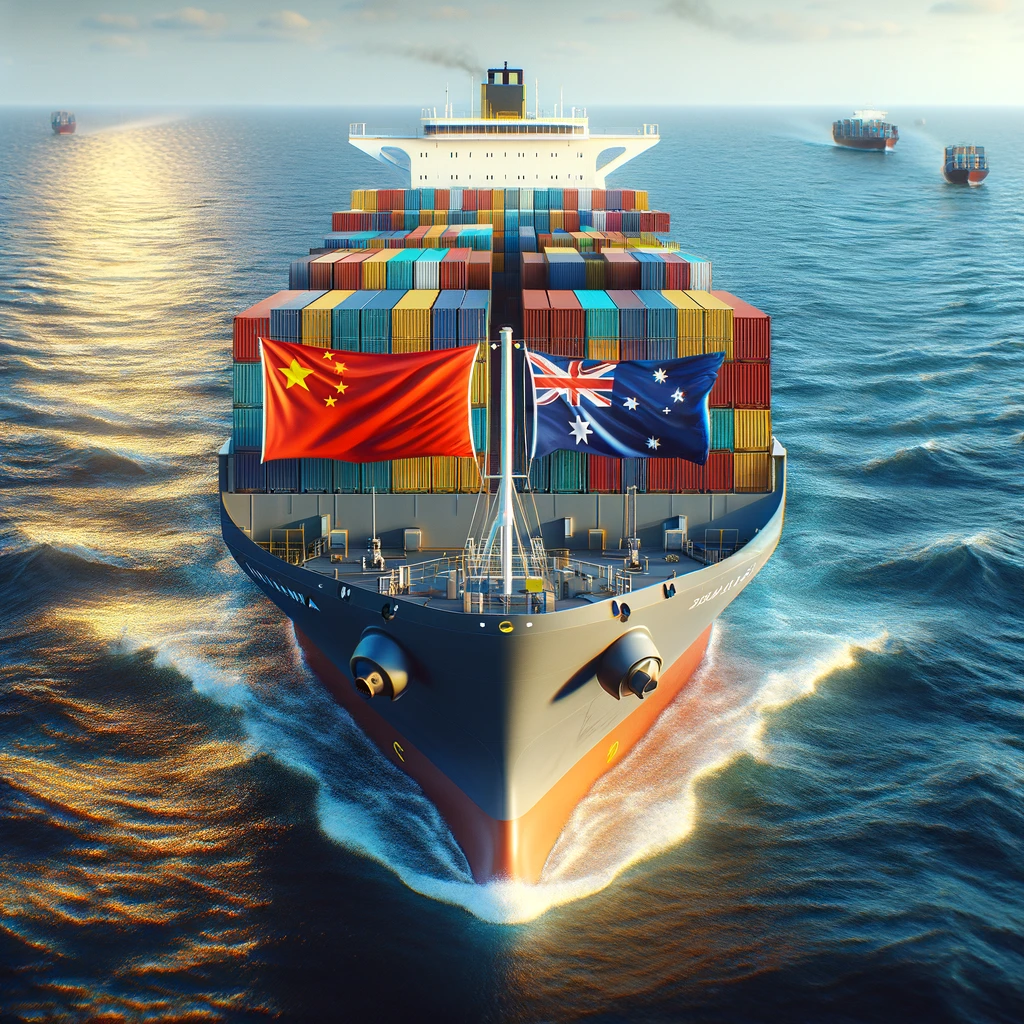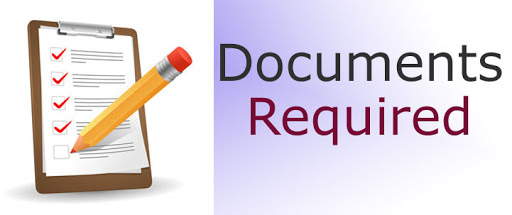- By TOP CHINA FREIGHT
- September 10, 2025
- Shipping
Table of Contents
Shipping container China to Australia is one of the most important trade routes for businesses and individuals. Importers often face questions about shipping costs, transit times, and customs clearance. This guide provides clear answers, explains transport options, and offers practical tips to help you ship efficiently.

What Are the Main Shipping Methods from China to India?
When it comes to international shipping, businesses usually choose between sea freight and air freight. Sea freight is the most popular option for containers because it balances cost and capacity. Air freight, on the other hand, offers speed but at a higher price.
| Shipping Method | Average Transit Time | Cost Range (per CBM) | Pros | Cons |
|---|---|---|---|---|
| Sea Freight (FCL) | 20–30 days | $2,500–$4,500 (20ft) | Economical for bulk, secure | Slower, weather delays |
| Sea Freight (LCL) | 25–35 days | $100–$150 | Cost-sharing for small loads | Longer handling, potential damage |
| Air Freight | 5–10 days | $5–$8/kg | Fastest, reliable schedule | Very expensive |
How much does it cost to ship containers to Australia?

Shipping costs depend on container size, route, and market conditions. Rates fluctuate due to fuel prices, seasonal demand, and port congestion.
| Container Type | Average Cost (China to Australia) | Suitable For |
|---|---|---|
| 20ft Container | $2,500–$4,500 | Small to medium shipments |
| 40ft Container | $4,500–$7,500 | Bulk cargo, heavy machinery |
| 40ft HC (High Cube) | $4,800–$8,000 | Lightweight but voluminous goods |
Additionally, shippers must consider handling fees, customs duties, insurance, and inland trucking costs. Working with an experienced China freight forwarder helps reduce hidden expenses.
What is the transit time for shipping container China to Australia?
Transit times vary by departure and destination ports. Major Chinese ports such as Shanghai, Shenzhen, and Ningbo connect frequently with Sydney, Melbourne, and Brisbane.
| Route | Average Transit Time |
|---|---|
| Shanghai to Sydney | 18–22 days |
| Ningbo to Melbourne | 20–25 days |
| Shenzhen to Brisbane | 22–28 days |
| Qingdao to Fremantle | 25–30 days |
Delays may occur due to customs inspections, vessel congestion, or extreme weather. Planning shipments ahead helps minimize disruptions in your supply chain.
Which documents are required for shipping containers?

Accurate documentation ensures smooth customs clearance. Missing or incorrect paperwork can lead to delays and penalties.
| Document | Purpose |
|---|---|
| Bill of Lading | Proof of shipment |
| Commercial Invoice | Declares value and details of goods |
| Packing List | Lists contents and weight |
| Certificate of Origin | Confirms country of manufacture |
| Import Declaration | Required by Australian Customs |
| Insurance Certificate | Protects against cargo loss or damage |
Should you choose FCL or LCL shipping?

The choice between Full Container Load (FCL) and Less than Container Load (LCL) depends on shipment volume.
FCL (Full Container Load):
Best for large shipments where the container is fully used. It offers better security, lower cost per unit, and faster handling.
LCL (Less than Container Load):
Ideal for smaller shipments. Multiple consignments share one container, making it cost-effective but slightly slower.
Pros and Cons
| Option | Pros | Cons |
|---|---|---|
| FCL | Faster handling, secure, lower per-unit cost | Higher upfront expense |
| LCL | Affordable for small loads, flexible | Risk of delays, cargo mixing |
How do customs clearance and duties work in Australia?
Customs clearance is mandatory for all imported goods. The Australian Border Force (ABF) inspects shipments to ensure compliance with regulations. Duties and GST are calculated based on the customs value of goods.
Typical Duties and Taxes:
- Import Duty: 0–5% (depending on product type)
- Goods and Services Tax (GST): 10%
- Quarantine/inspection fees: Varies
What factors influence shipping costs from China to Australia?
Bunker adjustment factor (BAF) and peak season surcharges add costs.
Direct routes are faster but sometimes more expensive
Hazardous or oversized cargo requires special handling
Naturally, larger containers cost more but offer economies of scale
Seasonal spikes during holidays often drive up prices
What are the benefits of using a freight forwarder?
A professional freight forwarder streamlines the shipping process by managing documentation, booking cargo space, and arranging inland transport.
Key Advantages:
- Negotiated lower freight rates
- Expert knowledge of customs requirements
- Access to global shipping networks
- Real-time tracking and updates
- Reduced risk of delays
By outsourcing logistics to experts, businesses save time and reduce costly errors.
Case Study: Shipping Electronics from Shenzhen to Melbourne

A medium-sized electronics retailer in Sydney needed to import 40ft containers of smart devices from Shenzhen. Initially, they faced challenges with fluctuating freight rates and customs delays. After partnering with a China freight forwarder, they were able to:
- Negotiate stable shipping costs through annual contracts
- Optimize container loading, reducing wasted space
- Prepare all customs documents in advance
- Cut transit time by 5 days using a direct Shenzhen–Melbourne route
This case highlights the importance of strategic planning and professional logistics support when shipping container China to Australia.
What challenges should businesses expect when importing from China?
While shipping routes between China and Australia are well established, businesses may face challenges:
- Port congestion causing longer transit times
- Fluctuating freight rates influenced by global oil prices
- Strict Australian quarantine laws delaying clearance
- Risk of damage for LCL shipments
- Seasonal shipping demand around Chinese New Year
However, these risks can be mitigated by careful planning, proper packaging, and working with experienced logistics providers.
Conclusion
Shipping container China to Australia involves many moving parts—from selecting the right container size to managing customs clearance. Sea freight remains the most cost-effective method, while air freight provides speed for urgent shipments. Importers should carefully compare FCL and LCL options, prepare documents accurately, and stay informed about customs duties. By partnering with a reliable freight forwarder, businesses can save time, reduce costs, and ensure timely delivery.
Need a Shipping Quote?
If you want expert guidance and peace of mind, our team is ready to assist.
TJ China Freight offers tailored solutions to help businesses of all sizes ship more reliably from China.

FAQs
Q1:How can I reduce shipping costs from China to Australia?
Consolidate shipments, choose LCL for small loads, and compare container rates from multiple China freight forwarders to lower overall shipping costs.
Q2:What factors affect transit time for container shipping?
Transit time depends on departure port, shipping route, customs clearance, and peak season demand when shipping container China to Australia.
Q3:How do I prepare goods for international shipping?
Properly pack items, label containers, and secure cargo according to international shipping standards to ensure safe delivery to Australia.
Q4:Can I track my container from China to Australia?
Yes, most freight forwarders offer online tracking with real-time updates on container location and expected arrival dates.
Q5:What documents are essential for shipping containers to Australia?
Prepare bill of lading, commercial invoice, packing list, certificate of origin, and insurance certificate to comply with Australian customs.
